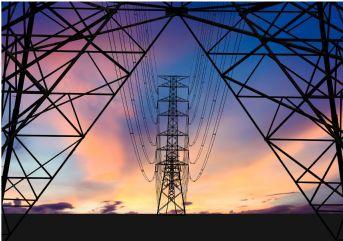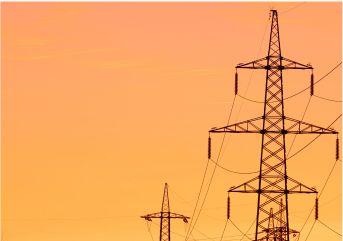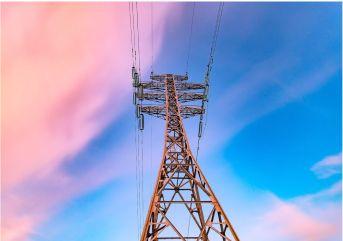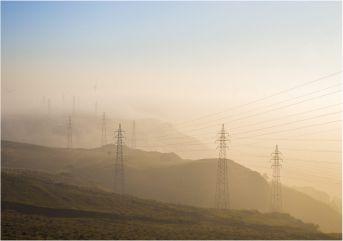Transmission
Grid Lock
Our energy future is electric, but our grids are stuck in the past. Change is coming.
We need to electrify our economy as much as possible to hit our net-zero goals. But as our energy use grows, our capacity to move electricity remains stubbornly stagnant. That’s because global power grids are woefully outdated.
In the United States, many of the power lines you see today were built in the 1960s
The transmission challenge ahead
BE Newsroom
What’s more, these grids weren’t built with renewable energy in mind. As we explained in last year’s report, our system railroads and pipelines to move fuel over long distances to centralized power plants, where that fuel is turned into electricity and transmitted over short distances to the cities that need it. This system doesn’t work for wind and solar, which are intermittent and often far from where people live.
Video
What Happens When You Turn On A Light?That means we’re facing a significant bottleneck. In other words, we’re creating lots of energy, but we don’t have enough infrastructure to store and move it.
In order to meet both our climate goals and the coming energy demand, we desperately need to update our grid, build more transmission lines, invest in advanced transmission technologies, and, ultimately, more than double the size of the grid by 2050.
The Transmission Bottleneck
Right now, it’s hindering our ability to bring new innovation to market and bring down green premiums for these technologies, because they’re stuck in interconnection queues for five to seven years before even getting on the grid. Deploying new grid and transmission technologies sooner and more efficiently will require a cross-regional, proactive build-out of transmission across the United States and around the world.
We’ve made progress in some of these areas over the last year. For example, we’ve seen growing interest in many of the technologies we highlighted in our 2023 State of the Transition Report, including advanced conductors and high-temperature superconductors for electricity distribution and transmission, as well as grid-enhancing technologies such as dynamic line ratings. BE companies like VEIR and TS Conductor continue to raise tremendous amounts of capital; VEIR is on track to deploy its first commercial project in 2026 while TS Conductor has installed more than 1,000-kilometers of technology over the past eight years. Many of the company's biggest investors are also its biggest customers.
- ElectricityVEIRLearn more
VEIR’s systems combine superconductors with a novel cooling system architecture that result in the first cost-effective solution that can deliver 5-10x the power over the same transmission corridor, above or below ground, over long distances.
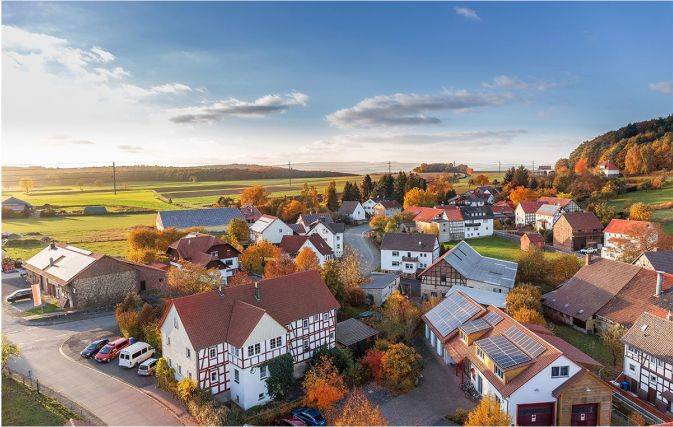
- ElectricityTS ConductorLearn more
TS Conductor products allow transmission & distribution grid operators to be active participants to the energy transition – by reducing line losses and accelerating the integration of wind, solar and battery storage – while leveraging existing infrastructure assets.
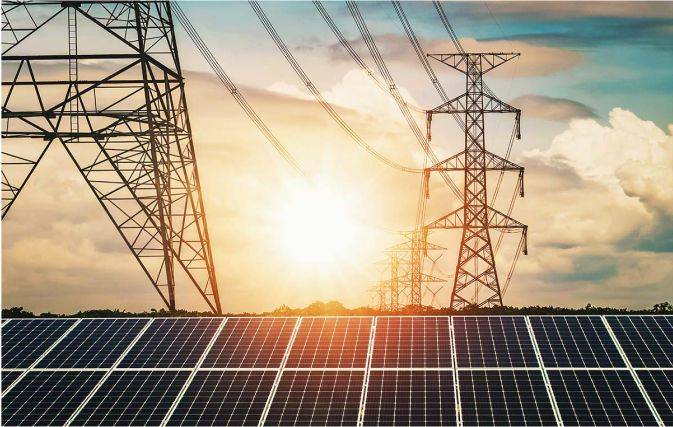
Reconductoring lines with advanced conductors is an effective way to double the capacity of transmission lines while utilizing existing transmission towers, structures, and rights-of-way—saving time and money. Advanced conductors represent an innovative solution that can help us meet near-term load growth. However, it's not a substitute for the development of new transmission lines, which are necessary to access abundant but remote wind and solar resources, as well as nascent technologies like next-generation geothermal.
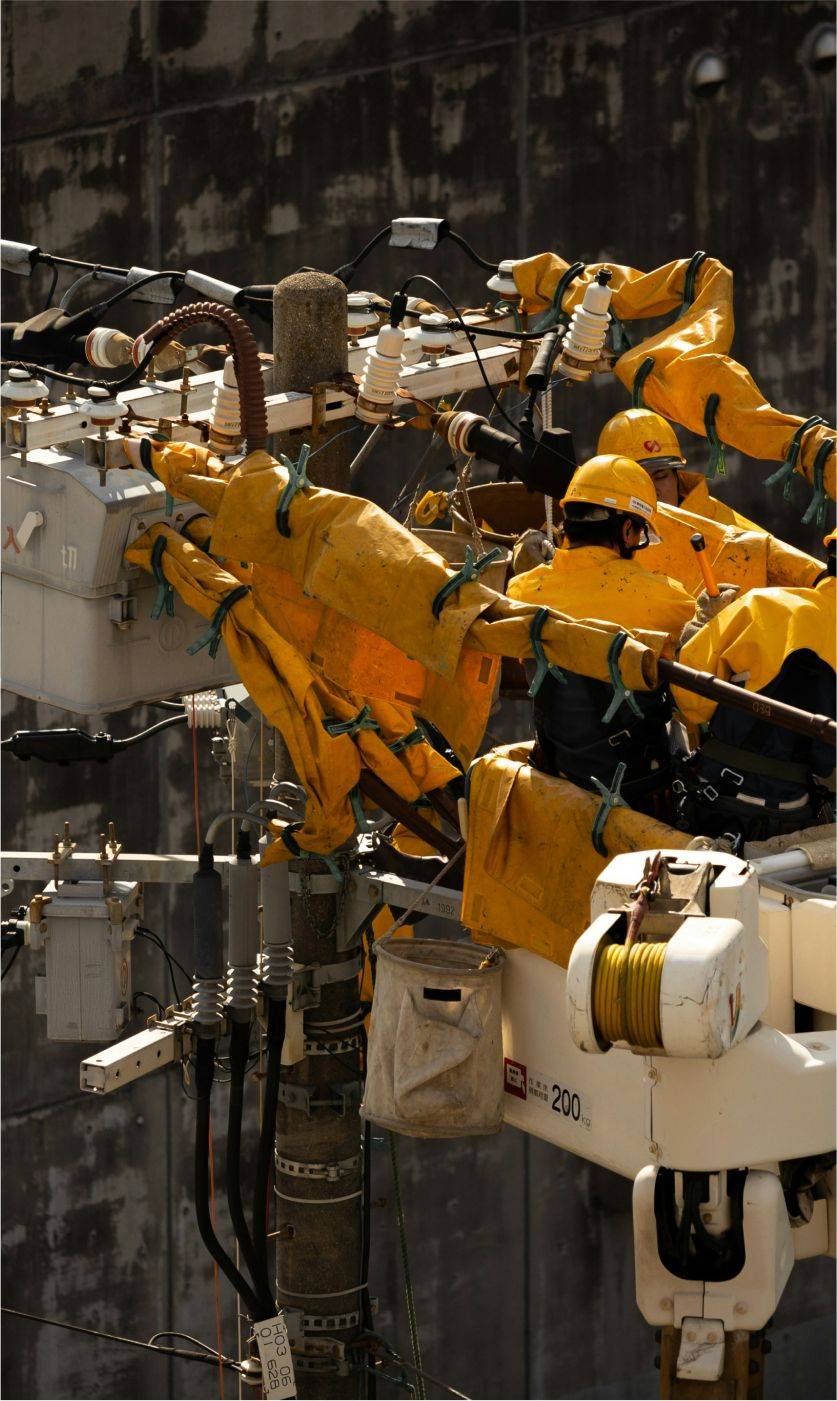
Planning, Paying, and Permitting
There are three major regulatory phases to building out new transmission lines, which we often call the “Three P’s of Transmission”: planning, paying, and permitting—all of which come with their own challenges and needs for policy reform.
In the U.S., those challenges have existed as long as there’s been a grid. And the solutions we need will require us to reimagine a century of transmission policy.
Fortunately, the last year has brought progress. The Federal Energy Regulatory Commission (FERC) recently issued arguably the most significant regulatory milestone concerning interstate power lines in three decades.
This new rule, known as Order No. 1920, will help modernize our grid through three major requirements for transmission providers
- 01Forecast
First, it requires providers to forecast energy needs two decades into the future and update their plans on a five-year basis.
- 02Reliability
Second, it requires utilities to value reliability and cost savings when splitting the cost of transmission lines.
- 03Scope
Third, it requires transmission providers to consider broadening the scope of potential solutions they can use, including advanced conductors, to upgrade our grid.
By addressing major barriers to planning and paying for new transmission, the FERC rule is a major step forward that will transform the way the U.S. builds and pays for regional transmission.
The next big challenge will be doing the same for interregional transmission lines that cross different parts of the country, arguably an even more important task to bolster grid reliability and lower energy costs and emissions.

We also have work to do when it comes to permitting. Unlike natural gas pipelines, siting authority over transmission lines is bifurcated between federal and state authorities. This underscores the critical need for permitting reform to streamline the approval process for transmission lines considered to be in the nation’s interest. In the United States, lawmakers have put forth a bipartisan bill to accelerate permitting for critical energy projects.
Permitting delays have long plagued our ability to build out transmission capacity. For example, as we noted in last year’s report, one transmission line between Wyoming and California took 17 years to get permitted. And just this summer, an Illinois appellate court reversed approval of a 780-mile, decades-in-the-making transmission line from Kansas to Indiana.
These problems are not unique to the United States. Europe, for example, faces similar hurdles. Like the U.S., Europe has a deeply antiquated grid that has suffered from years of underinvestment. Meeting the EU’s ambitious economy-wide climate goals will require an investment of more than €500 billion per year above and beyond historical spending rates, as well as a significantly more efficient and simplified permitting process.
In November 2023, the European Commission unveiled a 14-point Grid Action Plan to overhaul the EU’s electricity grids, focusing on faster deployment and digitalization to support the renewable energy transition. This sets a high level of ambition and lays out the work for the years to come, but the challenge remains in turning this vision into reality.
Our recent analysis showed that grid-enhancing technologies and innovative solutions can significantly strengthen, accelerate, and optimize the EU's electricity transmission and distribution networks if implemented, as we anticipate an increased focus on power grids in the new political cycle.
It’s the same story across the Asia Pacific—from the vast distance of new transmission lines required in Australia (10,000 km / 6,200 miles by 2050), to the incompatible and congested grids in Japan, to the need for power to be transmitted from ASEAN countries with more abundant access to renewable energy to high-volume energy users like Singapore.

While the ASEAN Power Grid project has existed for decades, it's fraught with a lack of political will, insufficient funding, and the tendency to default to the “lowest common denominator” (i.e. the baseline of what all ASEAN countries are willing to commit to creating).

An Operating System for the Grid
In addition to constructing new lines and enhancing current ones, we have to build new ways to model and operate our grid. In the past, operating the grid has been pretty straightforward: model the supply and demand, and then dispatch generators accordingly. Intermittent resources have made this process significantly more complicated, with the potential for weather interruptions, as well as a need for more granularity in the long-term planning process and a greater ability to store energy and transport it over much longer distances.
To take full advantage of these new resources and to meet our decarbonization goals, we need granular, fast, and effective grid modeling. More importantly, we need to be able to better connect the different types of grid models that provide critical data to plan investments in new transmission projects, help bring better products to market and reduce the risk of bottlenecks.
Video
Modeling the GridOur goal is to build a platform that will act as an “operating system” for grid decarbonization, adaptable to any existing models and regions for comprehensive and effective planning.
Ultimately, no one solution will solve the transmission problem. We have to do all of these things simultaneously—reconductoring or replacing old wires, building out new lines, reforming our permitting processes, and improving our grid planning and modeling.
What we can’t do is stop or slow down. Our energy load is rapidly increasing with the advent of artificial intelligence, consumption by emerging markets, and new, electricity-dependent technologies that will help decarbonize major industries.
Let’s be clear: This is a good thing. Increased load growth is a positive result of economic competitiveness and growth. Energy is prosperity, and we should be trying to match this expansion, not minimize it. We’ve said it before and we’ll say it again: There’s no transition without transmission.
Over the next year, it will be critical for policymakers in the U.S., Europe, Asia, and around the world to expand transmission and make it easier to build the grid we’ll need for the future. And it’s incumbent on private investors to be involved every step of the way, supporting new transmission and distribution technologies to help meet our net-zero goals.
